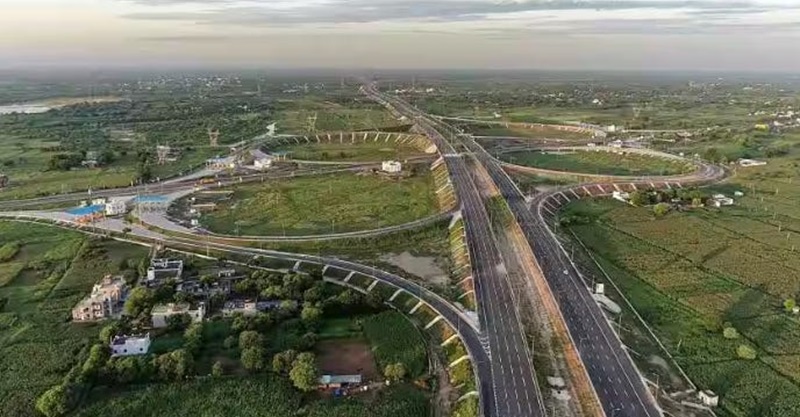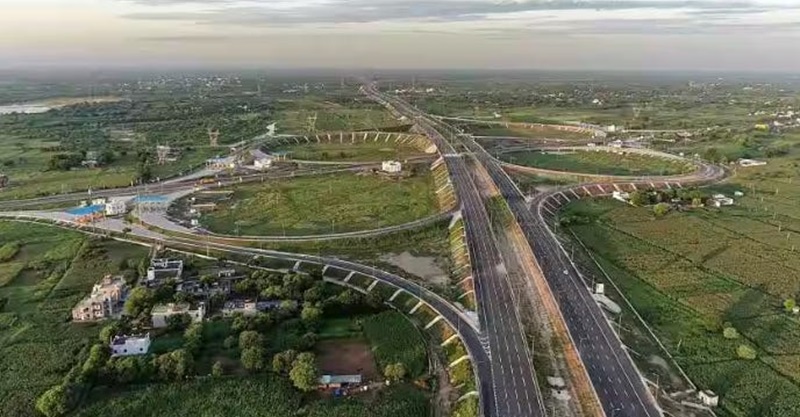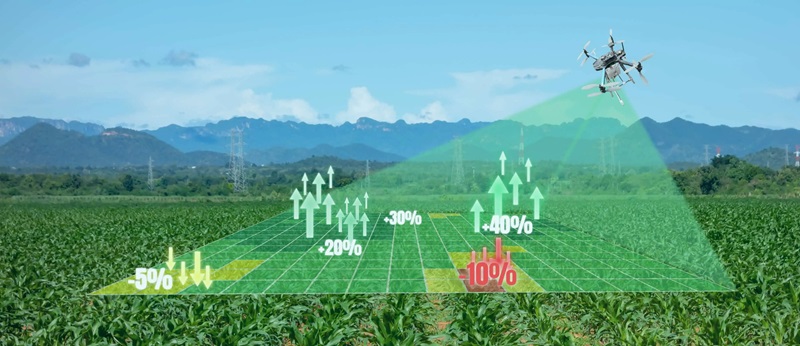Building India’s Future: Advancing the World-Class Highway Network

India’s road network has witnessed remarkable progress over the past decade, driven by dedicated government initiatives and strategic planning. From bolstering national highways to prioritizing sustainability and safety, the nation is steadfast in its commitment to creating a robust and interconnected transportation system. Here’s an in-depth look at the key programs and investments shaping India’s road infrastructure.
Capital Expenditure Surge: Fueling Growth
The National Highways Authority of India (NHAI) has significantly ramped up its capital expenditure over the last five years. This financial commitment underscores the government’s determination to enhance the national highways network and overall infrastructure.
NHAI’s increased spending, coupled with timely maintenance, has led to substantial growth in the national highways network. The expansion from approximately 91,287 km in March 2014 to an impressive 146,126 km as of July 25, 2024, highlights the scale of this development. This growth is a direct result of the government's commitment to improving road connectivity and infrastructure across the country.
Bharatmala Pariyojana: Connecting India
A pivotal initiative driving this transformation is the Bharatmala Pariyojana. This flagship program encompasses various road projects categorized to address specific connectivity needs:
Economic Corridors Development: These corridors facilitate the seamless movement of goods and people across the country, enhancing trade and economic activity.
Inter-corridor and Feeder Routes Development: This focuses on enhancing connectivity between major highways and local roads, ensuring smooth traffic flow.
National Corridors Efficiency Improvement: Upgrading existing corridors for optimal efficiency and reduced travel time.
Border and International Connectivity Roads: Strengthening links with neighbouring countries to promote cross-border trade and cooperation.
Coastal and Port Connectivity Roads: Facilitating trade and commerce by improving access to ports and coastal areas.
Expressways: Developing high-speed, controlled-access roads for efficient travel.
As of March 2024, the Bharatmala Pariyojana has awarded 26,425 km of road projects and successfully constructed 17,411 km, with an expenditure of Rs. 4.59 lakh crore. This ambitious program is a testament to the government’s commitment to enhancing the country’s infrastructure.
Job Creation and Socio-economic Impact
Infrastructure development is not just about building roads; it’s about creating livelihoods and driving socio-economic growth. NHAI’s efforts in constructing national highways have led to significant job creation:
Direct Employment: Constructing 24,050 km of national highways generated an estimated 45 crore man-days of direct employment.
Indirect Employment: An additional 57 crore man-days of indirect employment were created through related industries and services.
Induced Employment: The ripple effect extended to 532 crore man-days of induced employment, benefiting local communities and enhancing economic opportunities.
Greenfield Corridors: Paving the Way Ahead
NHAI’s commitment extends to developing greenfield corridors—newly developed expressways and access-controlled highways that are designed to meet future traffic demands and improve connectivity:
Expressways: Five expressways covering 9,860 km are currently underway, with an approved/estimated project cost of Rs. 4,19,130 crore. These expressways are expected to significantly reduce travel time and enhance connectivity between major cities.
Access Controlled Highways: Twenty-two access-controlled highways are part of this ambitious plan, designed to provide safer and faster travel options.
North-East Region: Bridging the Connectivity Gap
In the North Eastern Region (NER), road and transport infrastructure development is a high priority. The government has made significant strides in improving connectivity in this region:
NH Construction: Over the past decade, 9,984 km of National Highways have been constructed in the NER, with an expenditure of Rs. 1,07,504 crore. This construction has significantly improved access to remote areas, promoting economic development and integration.
Ongoing Projects: Currently, 265 NH projects are under implementation, covering 5,055 km, with a total cost of Rs. 1,18,894 crore. These projects are aimed at further enhancing the connectivity and infrastructure in the NER.
Special Focus: The Ministry allocates 10% of the total budget specifically for NER development, ensuring that the region receives dedicated attention and resources.
East-West Corridor: A dedicated initiative aims to improve connectivity within the region, linking key economic and cultural hubs and facilitating smoother travel.
Environmental Sustainability and Technological Advancements
The Ministry of Road Transport and Highways (MoRTH) issued the Green Highways (Plantation, Transplantation, Beautification & Maintenance) Policy 2015 to promote environmental sustainability. This policy includes annual plantations along the surplus median and roadside land according to the agro-climatic zones of the project areas. As of July 24, 2024, 402.28 lakh saplings have been successfully planted, contributing to the beautification and ecological balance of highway landscapes.
A pilot study for a Global Navigation Satellite System (GNSS) based user fee collection system has been completed on two key highway stretches: the Bengaluru-Mysore section of NH-275 in Karnataka and the Panipat-Hisar section of NH-709 in Haryana. GNSS aims to streamline toll collection processes and improve efficiency, similar to systems operational in countries like Germany, Russia, and Slovakia.
Additionally, in a significant step towards supporting electric mobility, a total of 5,293 Electric Vehicle (EV) charging stations have been established along National Highways, including 4,729 stations set up by the Ministry of Petroleum and Natural Gas with an investment of Rs. 178 crore. The Ministry of Heavy Industries targets establishing 5,833 EV charging stations as part of a broader plan to deploy 7,432 stations, with a capital subsidy of Rs. 800 crore allocated to oil companies.
Road and Bridge Maintenance and Safety
The Ministry of Road Transport and Highways allocates the Central Road Infrastructure Fund (CRIF) to State Governments and Union Territories for the development and maintenance of State Roads. Currently, 1,209 State Road projects, spanning approximately 14,369 kilometers and totalling Rs. 37,098 crores, are underway, with completion expected in phases by 2027.
To ensure the structural integrity of National Highways and their bridges, regular visual and equipment-based periodical inspections, evaluations, and monitoring are mandated. Structural health monitoring is conducted in real-time for critical bridges, and the Indian Bridge Management System (IBMS) has been sanctioned for comprehensive oversight and maintenance of bridges across the entire National Highway network.
In alignment with its Stockholm Declaration commitment, the Government of India aims to cut road fatalities and injuries by 50% by 2030. This goal is pursued through a multi-pronged strategy known as the 4E's—Education, Engineering, Enforcement, and Emergency Care. Road safety audits, conducted by third-party experts, are mandatory at all stages of these projects, with allocated funds ranging from 2.21% to 15% of the total project cost depending on the structures involved. Furthermore, the Ministry supports road safety awareness campaigns, financial aid for Model Driving Training Institutes, and improvements to public transport systems.
Conclusion
India’s road infrastructure journey over the past decade has been one of ambition, progress, and inclusivity. The extensive efforts and investments by the Ministry of Road Transport and Highways, alongside various other government initiatives, demonstrate a robust commitment to transforming India’s road infrastructure. From significantly increasing capital expenditure and expanding the National Highway network to enhancing rural connectivity and prioritizing road safety, these initiatives collectively aim to foster economic growth and improve the quality of life for citizens. The comprehensive approach to building a safe, sustainable, and interconnected transportation network sets a strong foundation for India’s future. As these strategic efforts continue to unfold, they promise to pave the way for a safer, more connected, and prosperous India.








